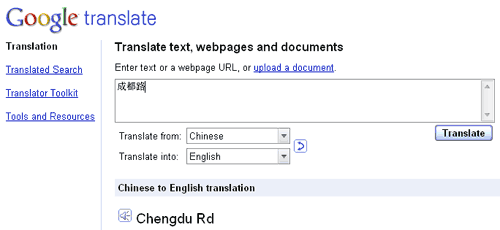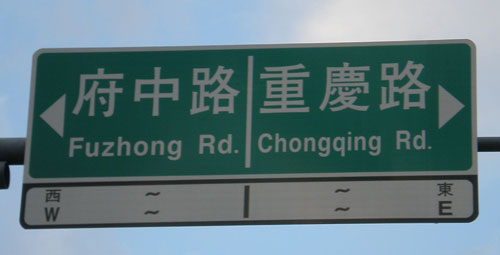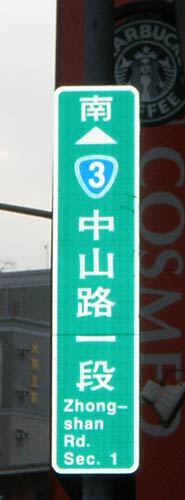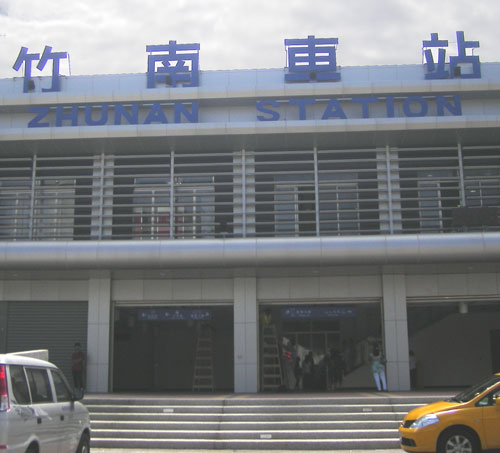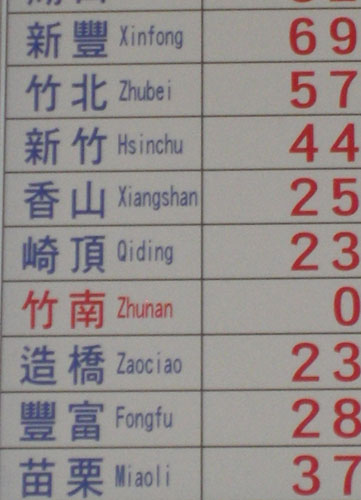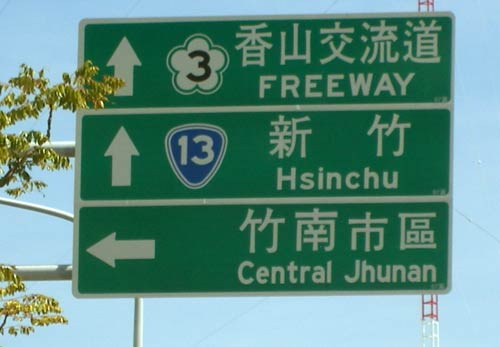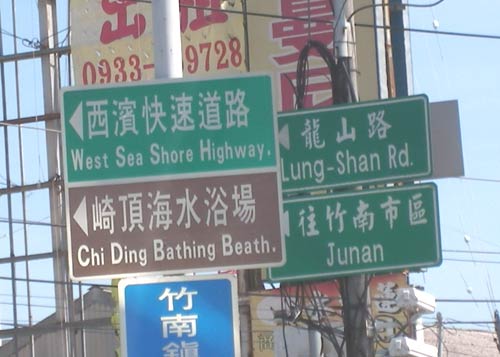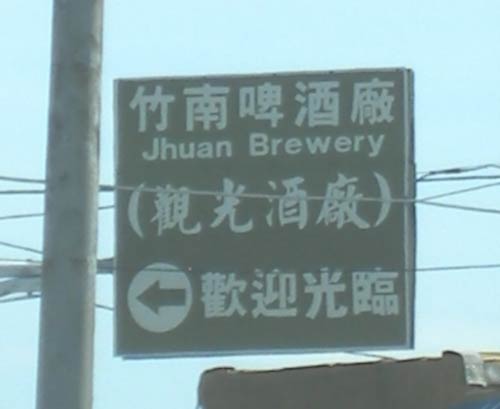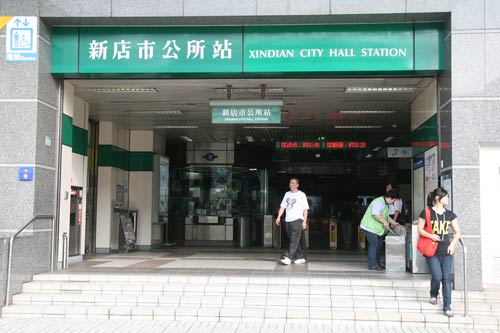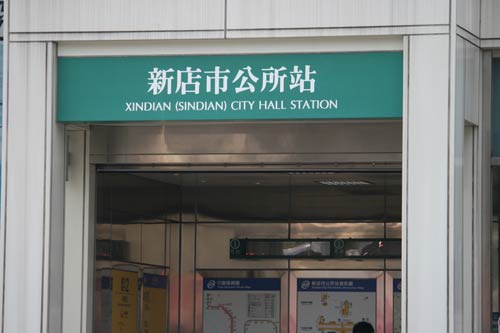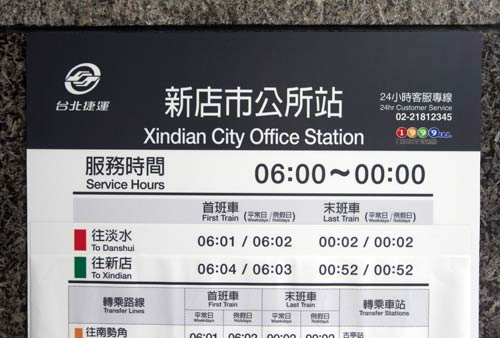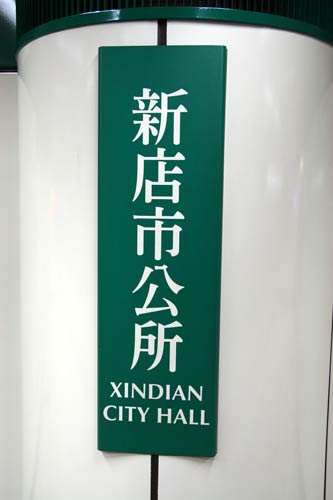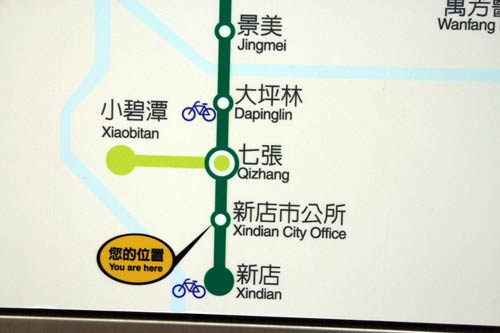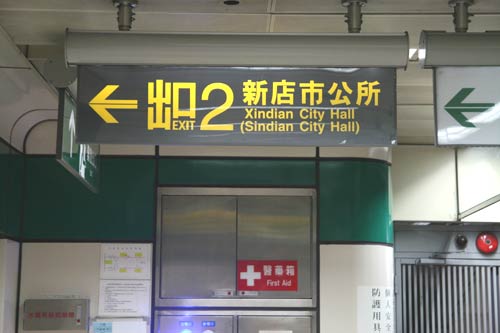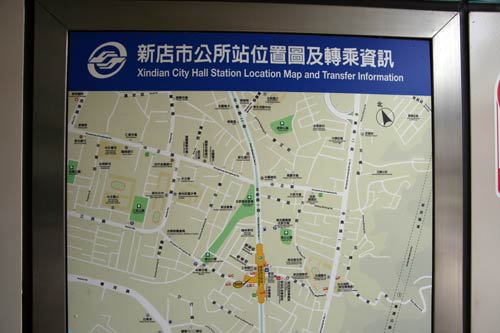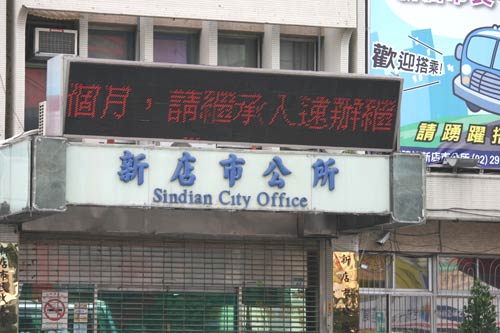In the past, when I found romanization errors in official government documents I often contacted the agencies in charge so they could make improvements. But as those who live in Taiwan may have noted, this practice has had limited success. And in the process I’ve built up a great deal of bile from encountering bureaucratic roadblocks to fixing mistakes. So is it any wonder that when I see things like this map, I often think, “Wǒ hǎo xiǎng tù.” Maybe now it’s time to start going with that feeling — metaphorically speaking. And what could be more appropriate, given that we are about to have a tùnián? (I know, I know: That pun’s probably not going to make any of the New Year cards.)
So today I’ll post in public about one such mess. I recently looked over a map of southern Taiwan issued by Taiwan’s official Tourism Bureau and was not surprised to find errors — a lot of errors. (This particular map was published in June 2010 and is, as far as I know, the most recent edition.)
Most of the errors are cases of remnants of Tongyong Pinyin (e.g., Cingshuei for what is written Qingshui in Hanyu Pinyin). Oddly, on this map Tongyong Pinyin is often seen in only part of a name (e.g., what is written 豐丘 in Chinese characters is given as Fengciou, which has Hanyu Pinyin’s Feng rather than Tongyong’s Fong but Tongyong’s ciou rather than Hanyu’s qiu).
What at first glance would appear to be another example of this mixing is Xizih, a bay next to Gaoxiong. There being no xi in Tongyong Pinyin and no zih in Hanyu Pinyin, one might guess this should be Xizi. But in fact this should be Sizi (written Sihzih in Tongyong). Or is also a typo in the Chinese characters (四子灣) and thus should be something else?
Other errors are even more mysterious, such as Tainan’s “Eternal For Cves” for 億載金城 (yì zǎi jīnchéng). I suspect they were going for “Eternal Fortress” but got lost somewhere along the way.
I estimate the map has about 100 errors. Of course, here I’m referring to just the map side itself and not the text on the reverse, which is filled with similar mistakes. Also, it’s just for southern Taiwan. The other two or three maps needed to cover most of the country likely each have just as many mistakes or more.
Turning back to the map at hand, here are some errors in just the area covering the southern tip of Taiwan (map sections C8 and C9).
| On the map | Should be |
|---|---|
| Haikau Desert | Haikou Desert |
| Kenting National Forest Recreation Area | Kending National Forest Recreation Area |
| Kenting National Park | Kending National Park |
| Kenting National Park Administration | Kending National Park Administration |
| Natural Center | Nature Center |
| Ping-e | Ping’e |
| (Shizih) | (Shizi) |
| Shuangliou | Shuangliu |
| Sihchongxi | Sichongxi |
| Sihchong River | Sichong River |
| Sihchongxi Hot Springs | Sichongxi Hot Springs |
| Syuhai | Xuhai |
| Syuhai Hot Springs | Xuhai Hot Springs |
| Syuhai Prairie | Xuhai Prairie |
Keep in mind that more than half of the area in sections above is water and thus lacking in any place names that could be misspelled.
I should note that Kenting for what should be Kending appears to be what might be labeled an official error — another case of the government mistakenly believing that using old, misleading spellings from the days of bastardized Wade-Giles is necessary lest foreigners be confused. (The worst examples of this are the names of counties and many cities, such as Taichung rather than Taizhong, Pingtung rather than Pingdong, Hualien rather than Hualian, and Chiayi rather than Jiayi.) But if Kenting somehow ended up being official, then the map is still wrong, because the correct Hanyu Pinyin spelling “Kending” (which is also the correct spelling in Tongyong Pinyin) is also seen.
In short, this map is, regrettably, another example of the Taiwan government’s failure to maintain quality control in its use of romanization. It’s been said before but perhaps it needs to be said again: It’s a sad state of affairs when a country can’t manage even the simple task of correctly spelling the names of its own towns and special attractions on its own maps — not that anyone else has managed to get their maps of Taiwan correct either; and some that should be good remain awful. (Yeah, I’m talking about you, GooGle.)

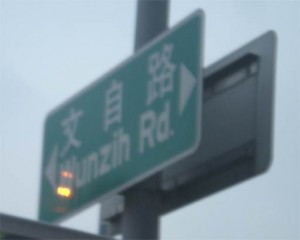

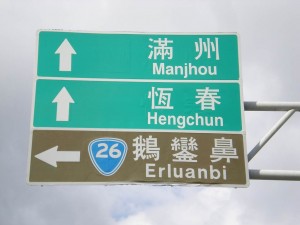



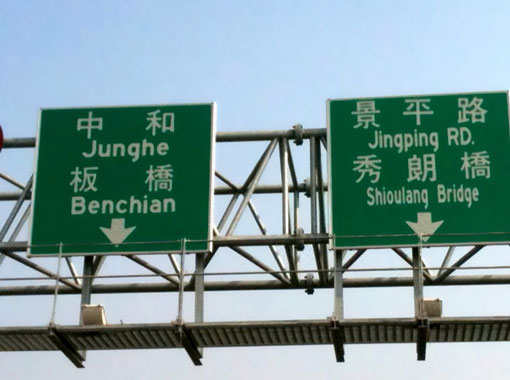
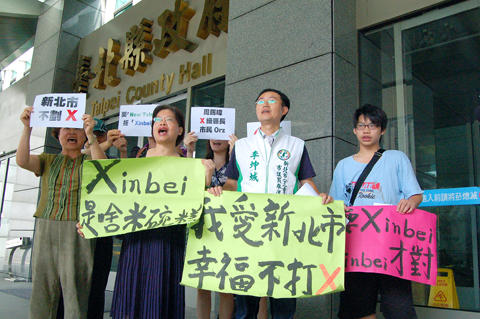
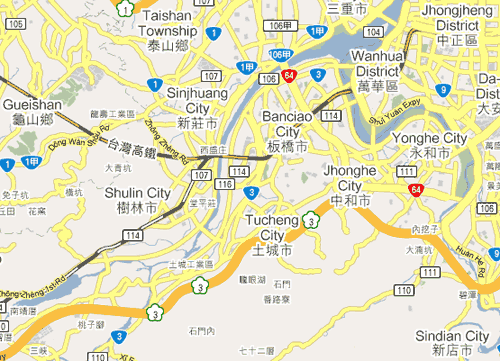
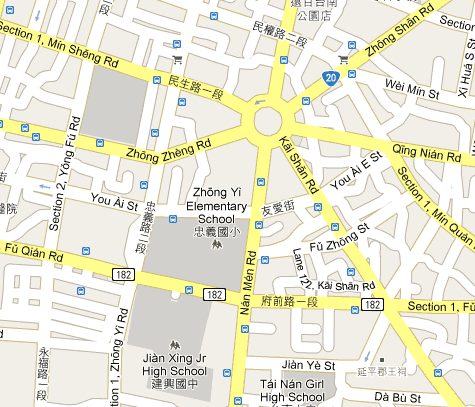
![screenshot from Google Maps of 'Cheng Dou [sic] Rd', near Taipei's Ximending](https://pinyin.info/news/news_photos/2009/11/cheng_dou_road.gif)
